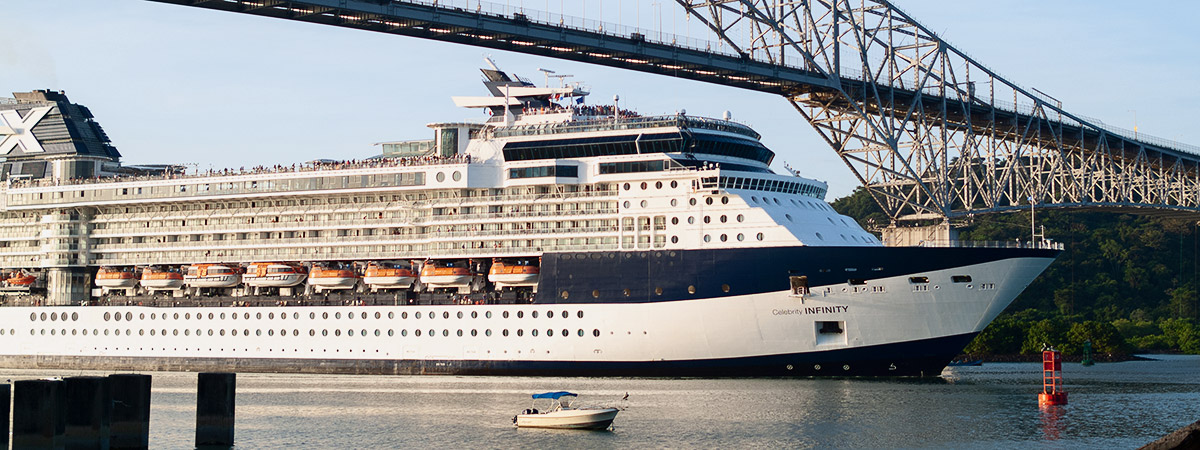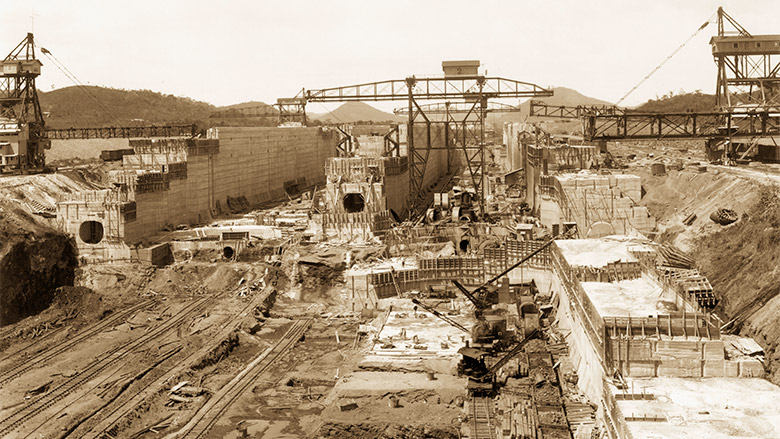


facts about the panama canal panama canal tours and excursions
Nearly dividing Panama into two equal parts, the Panama Canal measures approximately 50 miles in length and traverses north-northwest; there is only one part of Panama that is narrower. In addition, the canal basin is arguably Panama's lowest-lying region, where most of the terrain does not exceed 300-400 feet in elevation.
Below, you'll find interesting and intriguing facts about the canal and some of the most important figures relating to its construction. In particular, I've highlighted the similarities and differences between the old and new sets of locks, which, despite their differences, perform similar tasks.

Miraflores Locks – a historical photograph of Miraflores Locks under construction dating back to 1910-1911.